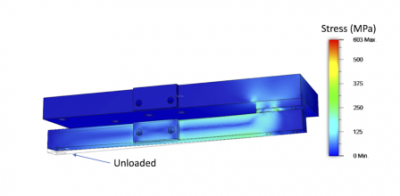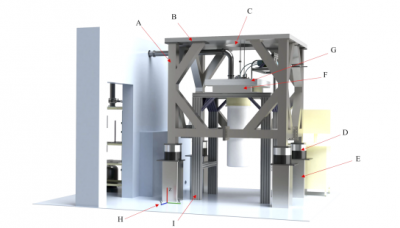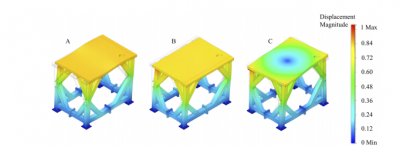Millikelvin-compatible apparatus for studies of quantum materials under uniaxial stress
Various new phenomena emerge in quantum materials under elastic deformations, such as hydrostatic or uniaxial stresses. In particular, using uniaxial strain or stress can help to tune or uncover specific structural or electronic orders in materials with multiple coexisting phases. Those phases may be associated with a quantum phase transition requiring a millikelvin environment combined with multiple experimental probes. Here, we describe our unique apparatus, which allows in situ tuning of strain in large samples inside a dilution refrigerator while the samples are monitored via an optical microscope. We describe the engineering details and show some typical results of characterizing superconducting strontium titanate under stress. This letter should serve as a practical reference for experts in ultra-low temperature experimental physics involving uniaxial stresses or strains.


Isolation solution for extreme environmental vibrations for quantum-enabling cryogenic setups installed on raised frames
Cryogenic quantum sensing techniques are developing alongside the ever-increasing requirements for noiseless experimental environments. For instance, several groups have isolated internal system vibrations from cold heads in closed-cycle dilution refrigerators. However, these solutions often do not account for external vibrations, necessitating novel strategies to isolate the entire cryogenic systems from their environments in a particular set of raised cryostats. Here, we introduce a dual-stage external active vibration-isolation solution in conjunction with a closed-cycle dilution refrigerator that isolates it from the environment. This dual stage includes two sets of active attenuators and a customized steel tower for supporting experimental probes at heights of 3 m from the floor. Both stages achieve 20–40 dB of attenuation with the active systems engaged, corresponding to levels of vibration in the VC-G range (a standardized Vibration Criterion appropriate for extremely quiet research spaces) on the cryostat’s room temperature baseplate and the steel tower. Our unique vibration isolation solution therefore expands the applications of modern cryogenic equipment beyond exclusively quiet specialty buildings, rendering such equipment suitable for interdisciplinary, open-floor research centers.

